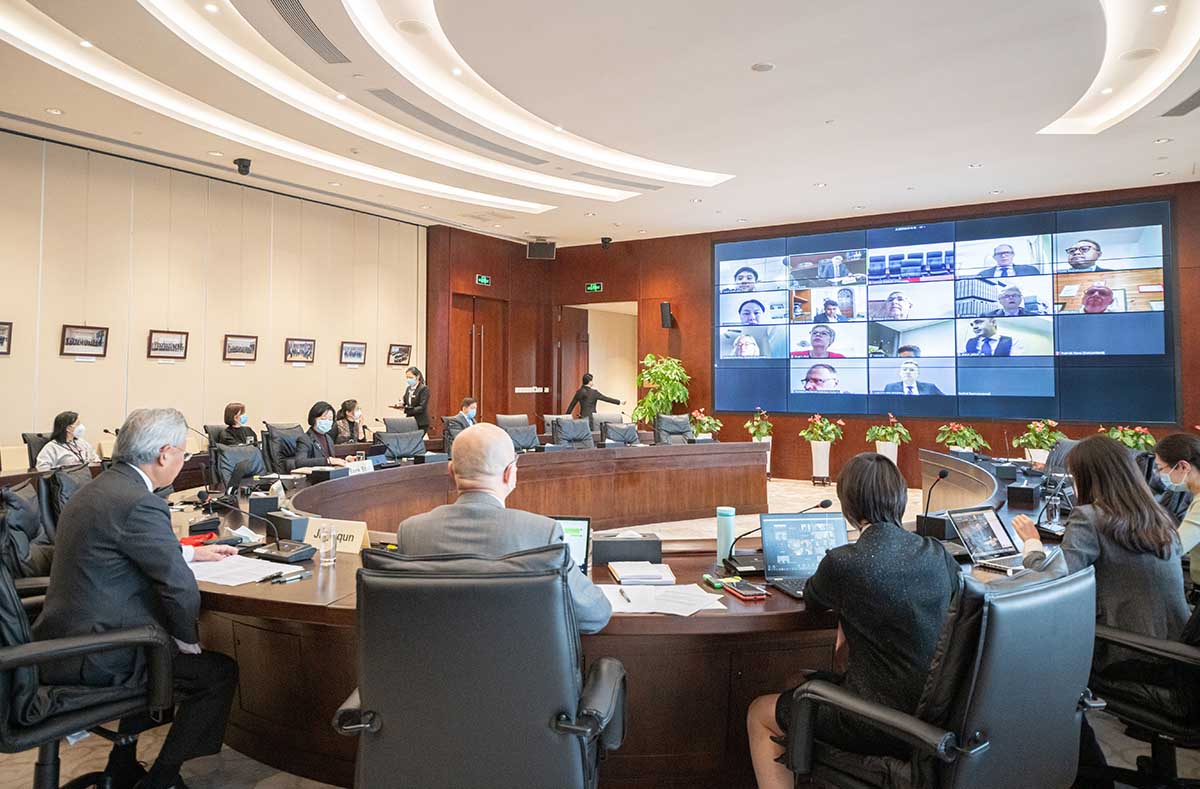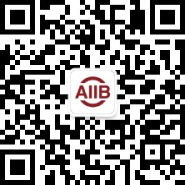Being based in China, AIIB was part of the first wave to take extraordinary measures to close our headquarters due to COVID-19 for the safety of our staff. The timing of the pandemic also hit when most of our team were abroad on vacation for Spring Festival. Their safety needed to come first and nobody could predict the trajectory this virus would take, so we closed our offices for approximately six weeks and began to work virtually.
This had serious implications for us. Overnight we went from an in-person culture to a virtual office. We had grown accustomed to a workplace where hallway conversations and making decisions together in a boardroom was the way we conducted our business. If you had asked me in early January if working completely virtual was possible at AIIB, I would have been highly skeptical.
In the end, our transition to working virtually was abrupt. But maybe it had to be?
Online collaboration tools with previously low adoption rates are now used with ease at every single level, including the Executive Committee. Using Zoom was not new to us but running Executive Committee meetings and strategy sessions on the platform was an adjustment we quickly made. Like many organizations around the world, we are now running workshops, brainstorming sessions, briefings and catch-ups virtually.
We are starting to think about how to move forward from here so the lessons and positive experience of remote working over the last six weeks are not lost. We are a young organization whose culture is still being cultivated. At the end of the day, we want this extended experience of virtual working to reinforce a sense of teamwork and collaboration among staff and not exacerbate the silos that inevitably exist in any organization.
On the communications front, we are quite conscious of this risk. To try and bring people together, we have launched virtual versions of our town halls, fireside chats with President Jin and a forum I like to call AIIBrief where departments can brief each other on new and exciting initiatives they are working on. Our first virtual AIIBrief saw 175 people participate – for the record, this is about half of our headcount which is a data point telling me how much these kinds of virtual interactions are valued.
Is virtual always as good as in-person? I think it depends. I can see the difficulty some members of the team who have been overseas for an extended period of are facing by feeling disconnected from the office. Personal relationships are still important, and for some conversations you cannot replace person-to-person interaction. However, I think this experience has demonstrated to critics that some day-to-day work can be done from a remote location. What is required is clarity on the outcomes and results staff need to deliver, and managers need to make a conscious effort to communicate with their team, so everyone has the information they need to succeed.
The bright side of this experience is it has forced us to work and think differently. It definitely sped up our adoption of digital collaboration. More importantly, we proved to ourselves that AIIB could still operate very effectively despite the distance. In fact, there are examples of us working more efficiently by innovating in how we review investment projects for funding.
The next step for us is to translate our experiences to improve our long-term client engagement program. Now that more people are accustomed to working virtually, a video chat could easily replace a face-to-face meeting that would have previously required the team to travel. Not only does this reduce costs, but it is also much better for the environment and better work-life balance for staff. I do not envision all work travel coming to a halt in the long-term. We will still need to meet clients, monitor projects and engage with our stakeholders. However, I do think we have demonstrated there are viable digital alternatives to always jumping on an airplane.
It is still too early to determine exactly how this experience will change AIIB and the way we work, but it is exciting to be part of this evolution of our culture. Whether we will revert to old ways of operating once the pandemic has past is still to be determined. But I am hopeful this new dog can still learn new tricks.


